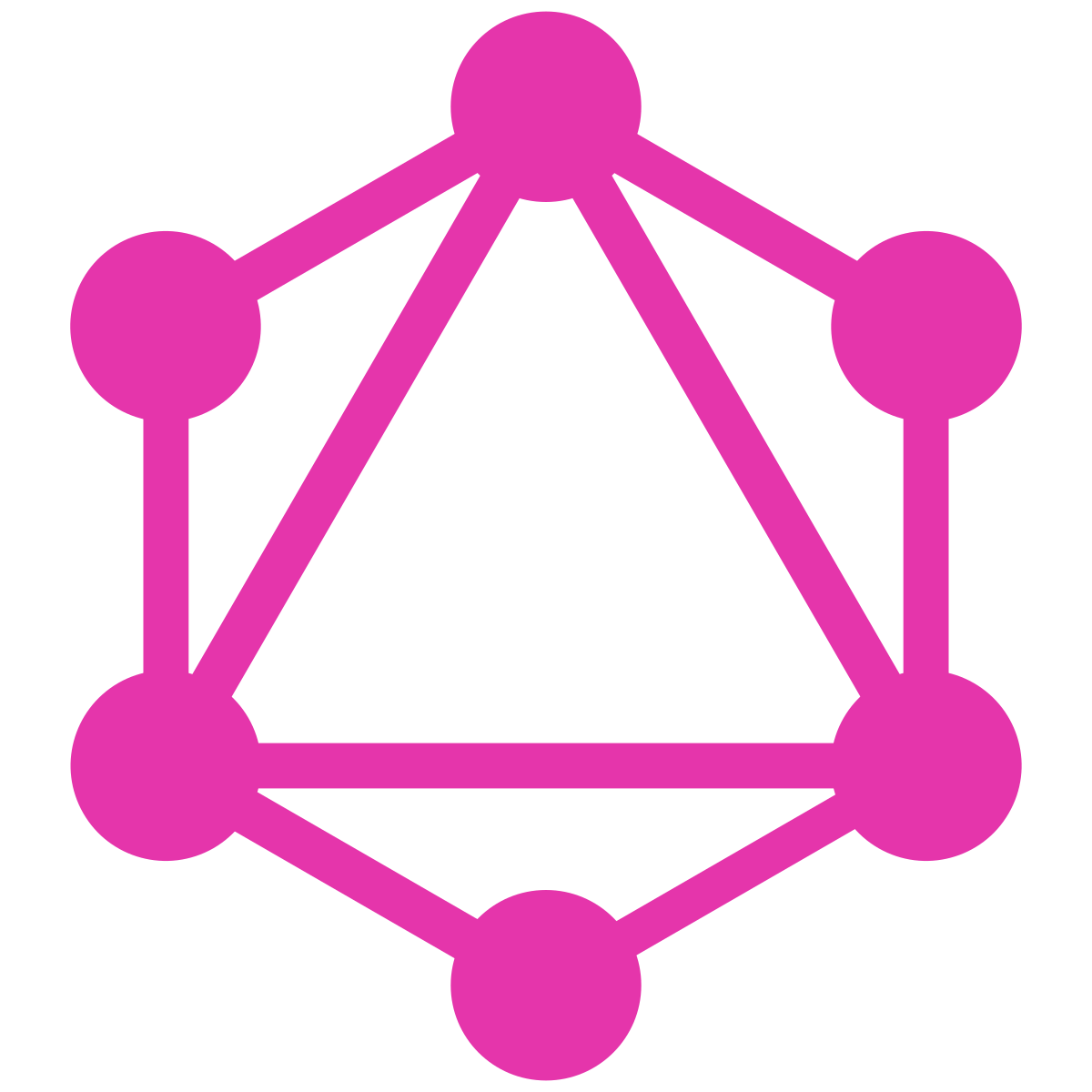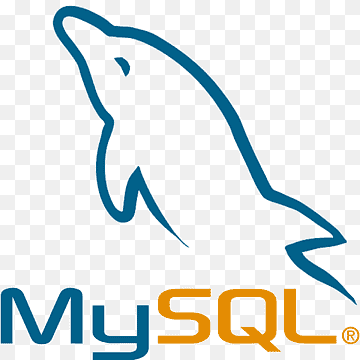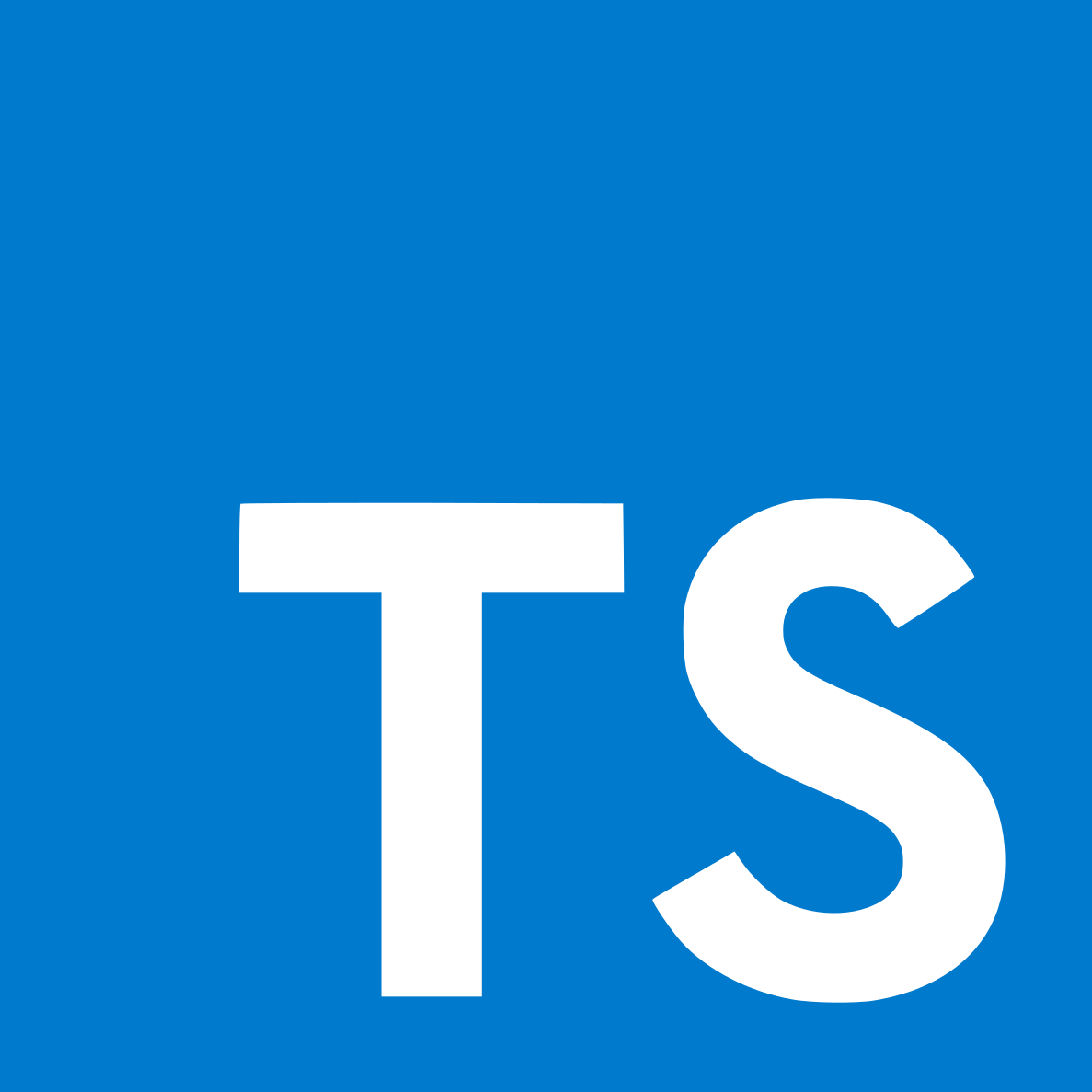Blog Posts
Unions In Typegraphql
Jan 28th, 2022Following up our previous post on generic types, we created a ServiceResponse<T> type which had a statusCode: string field to differentiate between the responses. In Typescript, a common pattern to differentiate between success and error is to create a union. In today’s post, we will see how we can leverage typegraphql to translate Typescript unions into graphql schema unions.
Generic Type In Typegraphql
Jan 21st, 2022Inheritance In Typegraphql
Jan 14th, 2022Introduction To Metamask
Jan 7th, 2022With the web transitioning to a decentralized internet, new systems and applications are being built. In order to access them, we need tools that interact with the next version of web, web 3.0. In today’s post, we will take a look at Metamask, a gateway to the decentrailized internet. We will look at what functionalities it provides and how to use it.
Json Stringify
Dec 31st, 2021When doing web development, we often use JSON.stringify to print to the screen the value of a variable. But when the variable contains multiple attributes, the print could be quite dense. To cater for that JSON.stringify has extra parameters that can be specified. In today’s post, we will look at each of them with example.
Exploring Query Statements In Kusto Queries
Dec 24th, 2021Exploring Tabular Operators Kusto Query For App Insights
Dec 10th, 2021Winston Logger With Typescript
Dec 3rd, 2021Dependency Injection In Typescript With Typedi
Nov 26th, 2021How To Debug Typescript Node Application With Vscode
Nov 19th, 2021Manage Your Monorepo With Rushjs
Nov 12th, 2021Define Graphql Schema With Typegraphql In Typescript
Nov 5th, 2021Last week we looked at how to setup an Apollo server to serve graphql requests. We went through the setup by defining a TemplateStringArray for the schema and defining functions in an object map for the resolvers. In this week post, we will look at how to simplify this two areas by leveraging Typescript features using typegraphql package.
Get Started With Apollo Server In Typescript
Oct 29th, 2021Python Dataclass
Oct 22nd, 2021A data class is a class which is identified by the value stored in their attributes. The most common way of holding values in Python is via tuples. Data classes make is easier to construct a class with a name and meaning while keeping the value aspect in term of equality. In today’s post we will see how we can define data classes using the dataclass decorator from the dataclasses module.
 chrome
chrome
 cypress
cypress
 dbeaver
dbeaver
 ethereum
ethereum
 figma
figma
 flask
flask
 git
git
 graphql
graphql
 jekyll
jekyll
 jenkins
jenkins
 js
js
 maths
maths
 metamask
metamask
 mobx
mobx
 mysql
mysql
 oas
oas
 postgres
postgres
 postman
postman
 puml
puml
 python
python
 solidity
solidity
 splunk
splunk
 sqlalchemy
sqlalchemy
 sqlite
sqlite
 typescript
typescript
 unicode
unicode
 vscode
vscode
 zsh
zsh